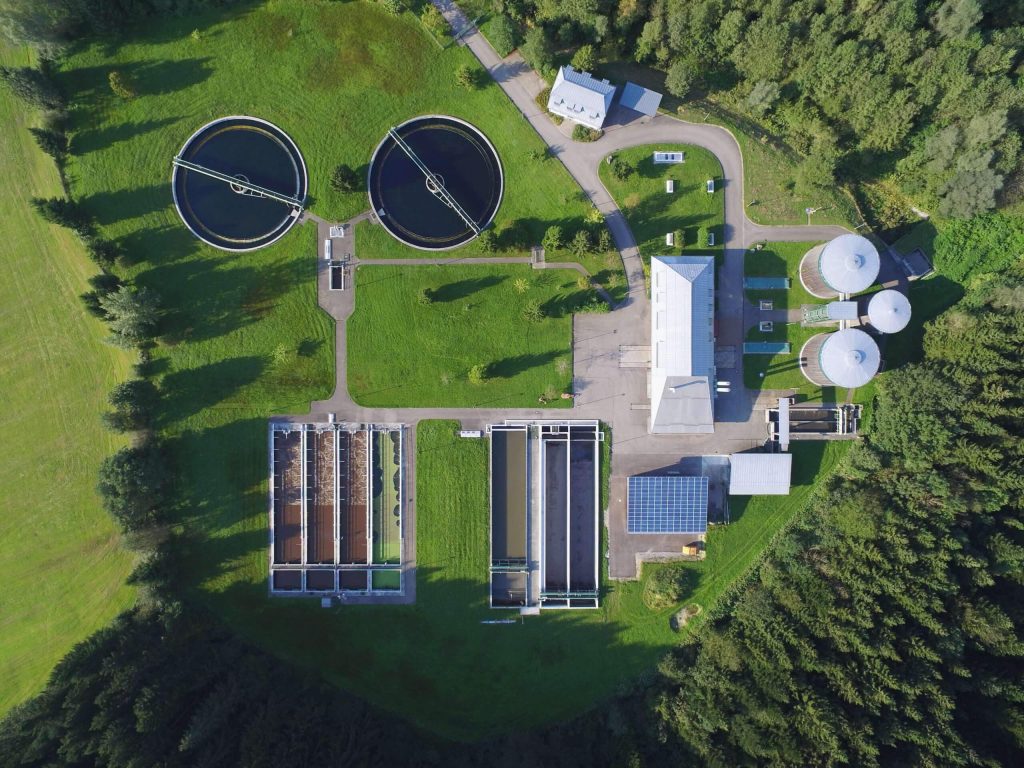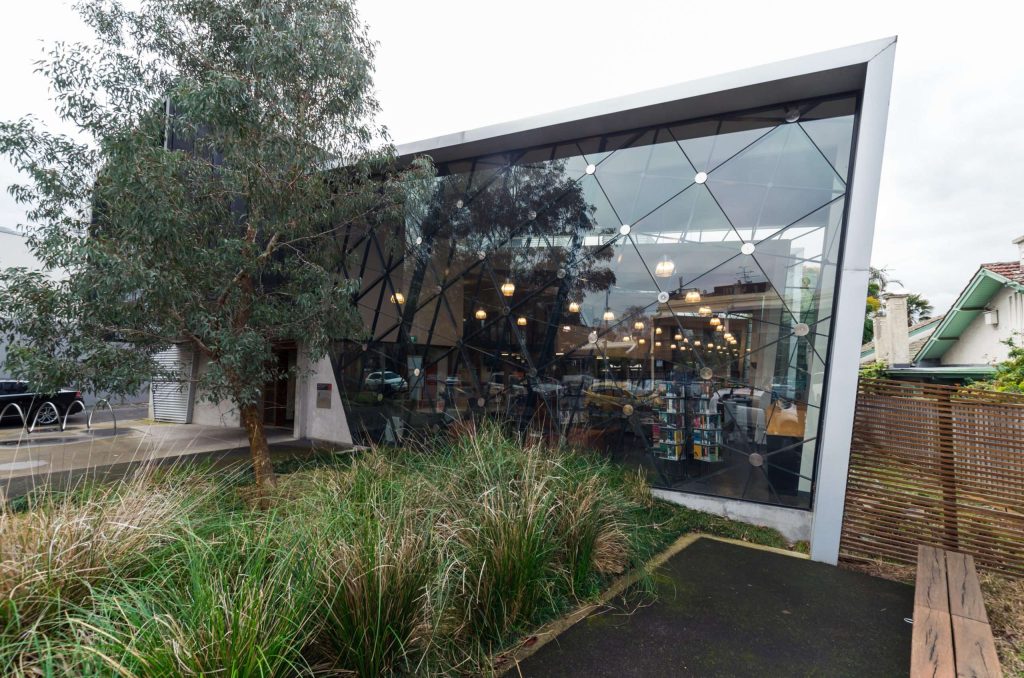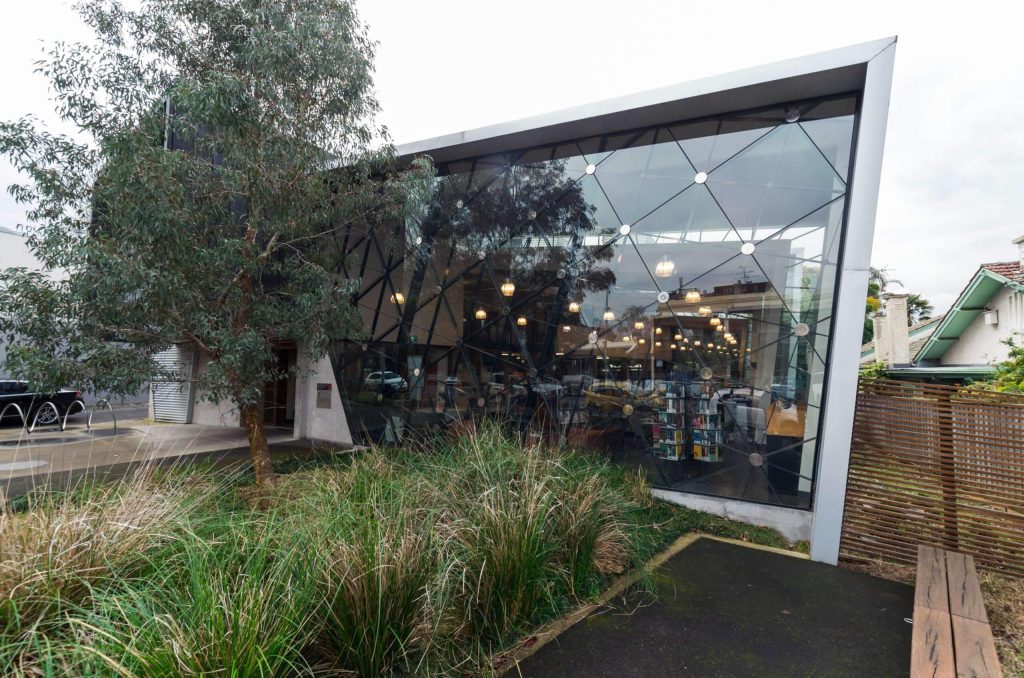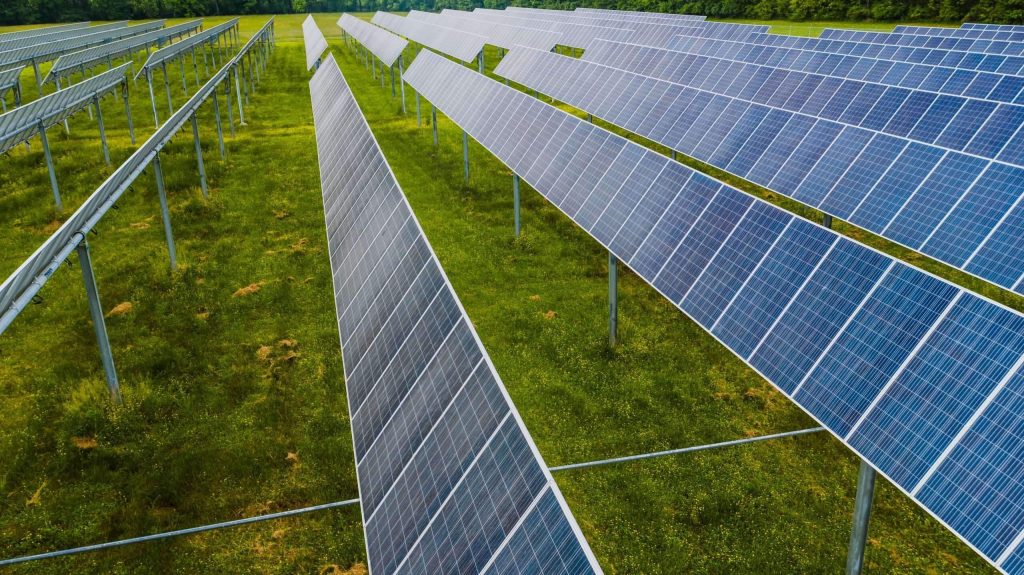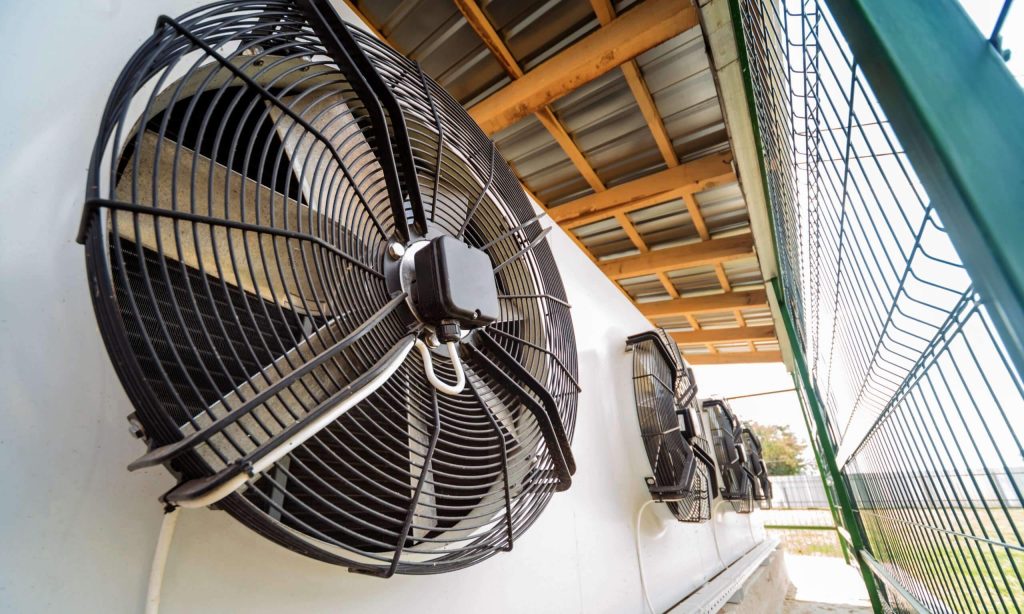Chief Investigators
A/Prof Alexandr Akimov (Griffith University)
David Roche (UTS)
Purpose of project
Our electricity grid is changing.
Australia’s transition to a renewables powered grid creates a challenge of grid reliability through an oversupply of renewable energy during the day, known as minimum net demand.
This project aims to complement network-based solutions to this problem by identifying and testing opportunities to shift business energy demand into this daytime oversupply period, known as flexible demand.
Australia has a target of 82% renewable electricity generation by 2030 and locally installed photovoltaic (PV) solar generation will play a major role. The Australian Energy Market Operator (AEMO), has identified a number of challenges relating to minimum grid demand when local (PV) reduces the need for grid based electricity during the day.
Shifting consumption from business into the middle of the day during non-peak times using various forms of flexible demand (FD) can reduce system costs and improve grid stability.
This project will assist different commercial and industrial (C&I) users to identify the optimal combinations of flexible demand, embedded generation and storage to minimise cost and greenhouse emissions by better aligning supply with demand.
Initial pilots options are being developed with three partners (Seeley International, AGL and Sydney Water) across a range of potential applications, including commercial buildings, a supermarket, airport, cold store, water pumping and EV charging.

Impact of project
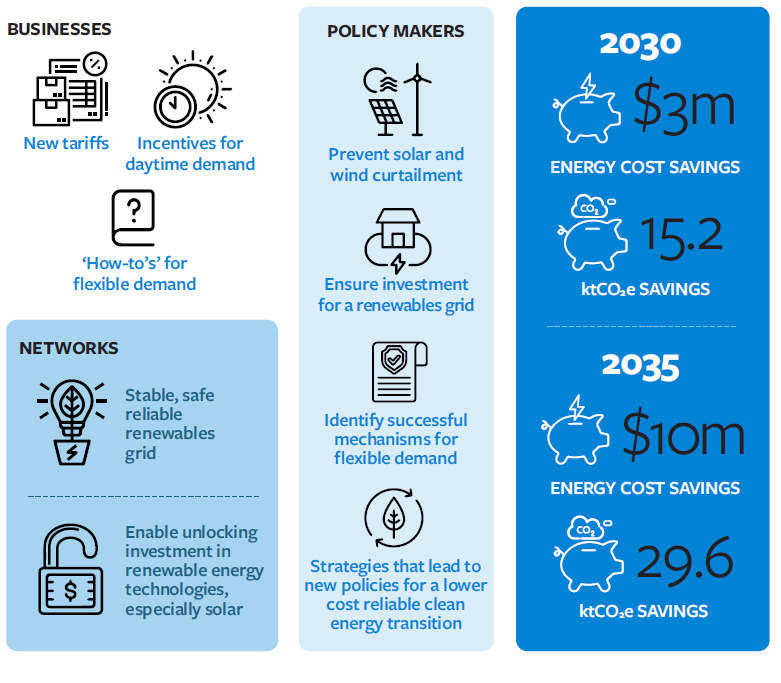
The project will:
- Identify and quantify commercial and industrial electricity loads, such as heating, cooling, heat pumps, EV charging and other flexible loads, that can be shifted towards the middle of the day when cheap renewable energy is readily available
- Identify innovative pricing and incentives that signal relative capacity constraints
- Implement at least 3 pilot studies to test identified opportunities and shared findings publicly.
Outputs and outcomes
The outputs will include findings from pilots, case studies and policy papers on:
- Potential flexible demand quantified for customers
- Policy and regulations workshop on innovative tariffs and incentives
- Identified flexible demand incentives
The expected outcomes will be:
- Helping to maintain a stable and reliable electricity network
- Creating value and fairness for energy customers
- Minimising the loss of value associated with renewable curtailment
- Leveraging attractive new fit for purpose flexible pricing and other economic incentives
- Ensuring the ongoing transition to decarbonise our grid.
Project partners – Research
Project partners – Industry
Status
- In Progress
Earlier Research
Project Code
0480






















